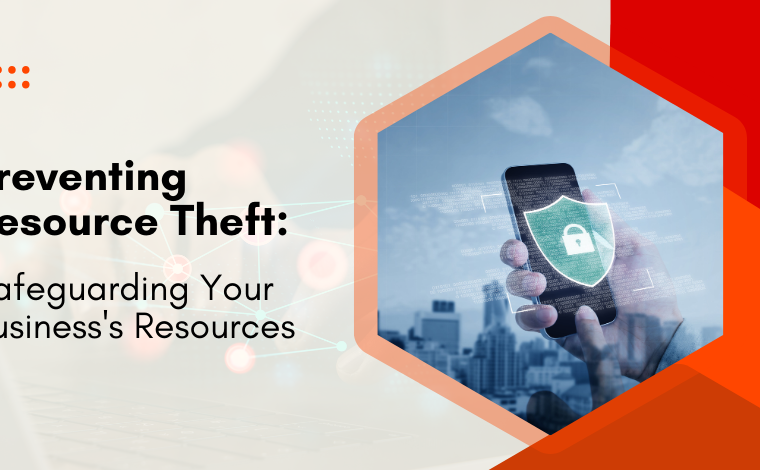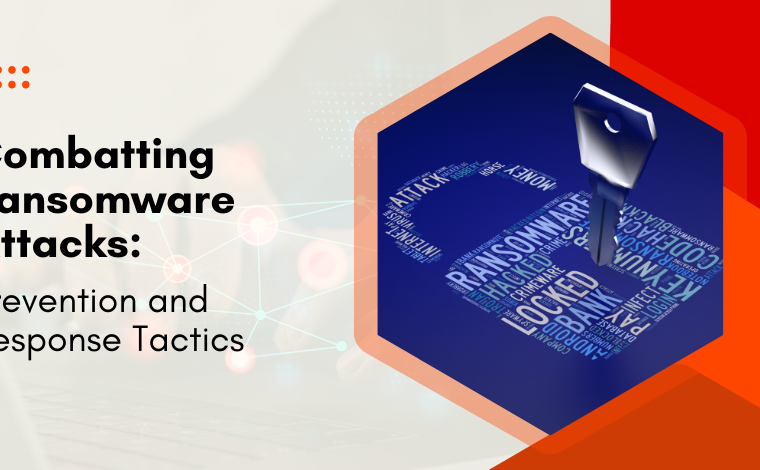Remote Learning vs Online Learning: The Ultimate Guide

Stay Informed With Our Weekly Newsletter
Receive crucial updates on the ever-evolving landscape of technology and innovation.
Remote learning vs online learning comparisons helps new students and seasoned professionals pick the right way to upskill in the post-pandemic world. Both options have become popular in the post-pandemic world, allowing students to learn flexibly while juggling other elements like location differences.
Still, many people believe that remote and online learning are the same concepts, but apparent differences exist between their structure and delivery.
While online classes are “online” in nature, remote learning was born as a necessity to counter pandemic conditions. This means that both learning styles are based on using the web and computers, but they are often used by different groups with different needs.
Online learning often revolves around the student more than it relates to the teacher who puts out the educational content as part of a course or learning program. Most students will access these tests and lessons independently and work their way up.
With remote learning, instructors attempt to emulate an actual classroom experience by having live interaction between a teacher and a student. This means the classes are usually conducted over platforms like Google Meets or Zoom.
This guide will examine both options in detail, including how the student’s needs are handled with both styles and their specific advantages and disadvantages.
What is the difference between remote learning vs online learning?

The main difference between remote learning vs online learning is their dependence on direct student-teacher interaction, which is a primary feature of the former but is often limited or nonexistent in the latter. However, there are several similarities between the two options, particularly in terms of flexibility and the opportunity to learn from the comfort of your home.
With the scheduled class times and fixed platforms, remote learning can get a little restrictive for some professionals, while others appreciate the direct input of an instructor. With online learning, you have complete control over your learning speed, but it requires a great deal of self-motivation.
Here’s a detailed list of some of the defining differences between these two options to help you make a better choice for your learning needs:
Advantages
Both remote learning and online learning models have a range of similar benefits, including flexibility with location and course accessibility. It allows the users to set learning times to periods where they can provide the highest levels of engagement and interest, making both options ideal for new students and busy professionals.
Remote learning models are based around a virtual classroom, so students have fewer independent decisions to make, particularly with the time of classes.
Online learning has more freedom with how students work through the course. As long as they submit their tests within set deadlines and show proof of engagement with practical results, studying these internet-based courses with complete freedom is possible.
If you have a job with irregular work hours or varying personal needs that you have to juggle, it is best to upskill with online learning since the courses have a lot more flexibility. On the other hand, remote learning is the right option for you if you are upskilling to learn a critical skill, where learning heavily depends on direct instructor feedback. If you want to know the best technologies to learn in 2023, check out our new guide here!
Disadvantages
Despite their popularity with modern businesses and tech professionals, remote and online learning have disadvantages. For instance, remote learning can emulate the teacher-student interaction experience of the physical classroom to a certain degree. However, it is impossible to mirror the benefits of student-to-student interaction in a physical classroom. This can be a hurdle for some students as coursemates only engage online.
As discussed in the last section, there is also the need for more flexibility with remote learning compared to its counterpart. Since class times are fixed as weekly sessions, adult students often have to work around personal commitments to ensure they are present at the time.
Online learning has disadvantages, mainly a need for an enforced learning structure which might translate to poor engagement levels from demotivated students who need more self-discipline. In addition, students might feel isolated if they are used to learning in physical classrooms, and there is always the chance of technical issues with their devices or learning platforms.
There is also the issue of training instructors to cater to the different learning systems, from designing the course syllabus to giving lectures and administering tests. This might be a learning curve for instructors who are experienced with the course material but inexperienced with the learning platforms.
What is remote learning best for?

There is no natural substitute for an in-person learning experience. Still, remote learning options come close, highlighting the digital changes that can optimize learning processes while keeping the flavor of traditional learning intact.
With remote learning, professionals can continue their upskilling programs even if they have to be away from a physical classroom due to personal or professional commitments. If you want to learn more about how digital transformation has impacted the professional world, check out this detailed guide!
Remote learning is an ideal choice if your skill involves lectures, workshops, discussions, and student-teacher interaction. It is also an ideal model to network with like-minded students working towards the same goal. While this helps with networking, it also simplifies complex concepts since it is easier to seek help.
This learning model is perfect for understanding more complex concepts since there are scheduled discussion periods where you can work through any complex issues in real-time with an experienced instructor. You can also discuss the time and place of these discussions with your instructor and schedule them the right way to get the most out of them, whether at home or in a cafe.
Generally, this model works best for professionals serious about upskilling, but getting the right instructor requires a certain budget. However, a remote learning experience is unparalleled in its core benefits if you can get the proper routine with the right instructor.
Student-teacher interaction

As discussed in earlier sections, remote learning is based on emulating the actual classroom experience, which means that such learning models rely heavily on student-teacher interaction. While none of this is in-person interaction, it is usually part of an LMS system.
Depending on the type of program you have picked and the instructor you are working with, you may need to incorporate digital messaging, video meetings, and discussion boards as part of your process.
Most of these courses are structured on a week-to-week class basis. Still, they are based on a more extensive core syllabus, with periodic lessons initiated by the instructor as if they were taught in a physical classroom. To provide the best results, instructors must communicate the course material to the students and test them on specific topics.
Several platforms can come together to deliver the perfect remote learning experience, but some popular examples include Google Meets, Slack, Microsoft Teams, and Zoom.
What is online learning best for?

Online learning is the more flexible option of the two, and it is best suited for students and professionals who do not like micromanaging. It is ideal for learning easier skills in general. Students can engage with the lessons and tests on their own time, with minimal involvement from the instructor, since the lectures and tests in this learning method are set up before students start.
To summarise, you can choose what you learn and at what pace.
These courses can indirectly help students develop soft skills like time management since they are responsible for completing the course within a fixed period. This does not mean that there are no deadlines; it just means that they are not tied to specific periods or places, so you have to be self-motivated and accountable to maintain the right work-life balance.
Student-teacher interaction
Online learning options usually blend different learning techniques and strategies, so they typically have a fixed style of student-teacher interaction that is part of the learning activities, for example, with a pre-recorded lecture. However, it is also possible to have a hybrid setup with a few live lectures and tests delivered remotely or within a classroom.
Most courses that take the online learning approach are pre-developed within a webspace before students start. Still, the courses may be updated and optimized during the learning process. In addition, students are expected to submit tests to prove they understand the concepts and incorporate feedback from the instructor in most cases.
Some popular online learning platforms include edX, PluralSight, Udemy, Freecodecamp, and Coursera. If it is a company-led course, an expert who designs the right course to address specific skill gaps is hired. Since the course is hosted in one portal with all its sections, it is easier to track progress and learn efficiently.
Conclusion
The modern approach to upskilling calls for hybrid learning systems that incorporate different techniques to provide the best results for the students, whether it is one professional or the whole tech team.
If you want your skillset to be relevant in the digital age, book a career consultation with one of our experts to get on track with the perfect upskilling plan!




